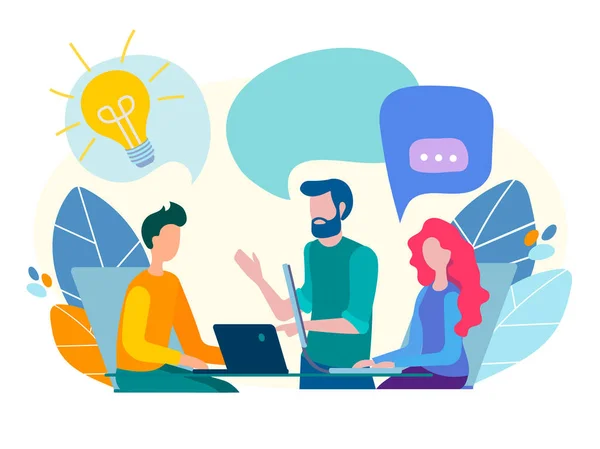
Meet Sophie Lui

- News Anchor at Global BC – 5 pm and 6 pm news
- Reporter
- Journalist for 20+ years
- BCIT graduate in 1995
- worked in news radio for 5 years and “desker” (anchor)
- Chek TV Victoria
Highlights from the following video:
Early career – networking tips:
- Hustle is common to get various jobs
- Cold-calling instead of just emailing
- going to the town where you want to work in
- attend event where you can get face in front of someone
- send videos/demo reels and personally follow up – for employers and senior staff
Social media allows users to find people, which leads to meeting other like-minded individuals!
How will social media (SM) help take the next step in career path?
- remain relevant in the public eye
- can continue to learn!
- despite the negativity and arguments, appreciate having a wider intellectual world open that was not easily accessible as before
British Columbia people Sophie is inspired by:
- Jesse Miller!
- Aidan Young
- Andrea Woo
- Richard Zussman
- Keith Baldrey
- Liza Yuzda
- Reflection on the themes and questions as influenced by Miller and Lui video (above), and how I would curate my social media with a critical public audience:
- How do notable individuals use social media? They use social media to converse, share information, and create and consume content.
- What are the benefits of being in the public eye and having a PLN? Greater viewership for your PLN; however, although feedback may be generally positive, may also receive more negative attention.
- Building a community with online tools provided by the employer can be limiting; what are the perceived restrictions and benefits? Employers often expect a standard of professionalism; this expectation generally tends to promote the restriction of personal information sharing. However, this is not without cause. Employers tend to ask employees to have a professional appearance and digital identity to protect their workers (see first few posts on my blog for reasons).
- Delivering information in a connected society requires verifiable resources; how to build a PLN to rely on? Trial-and-error may occur, but try to connect to as many people as you can through your PLN; this will lead to many new resources and connections and can cross-reference to find reliable, verifiable, and useful resources.
- How do those, who are veteran storytellers, minimize the risk of sharing misinformation? Cross-checking sources!
- Identify the risks and benefits of engaging with a public audience in a media space – what are the risks for a public figure or person in a position of trust (educator, lawyer, government official)?
- Risks – large audience to share inaccurate (or fake news – Hirst, 2018) with, cybersecurity, employee credibility (Khan, 2017)
- Benefits – large audience to share accurate information with, increased recognition, way to interact with consumers/viewers/citizens, track awareness, promotion tool (Khan, 2017)
- How to best address negative replies and critiques reflective of your personal values and employer’s social media policy?
- According to Forbes (2020), the best 10 positive ways to address negative feedback on social media is:
- don’t divert the blame
- be respectful
- don’t get defensive
- show that you’re taking it seriously
- make sure that the reply/complaint is taken seriously
- make sure that the person complaining/critiquing feels heard
- respond as quickly as you can
- craft a personalized message
- respond with a solution right away
- be thankful for the feedback
- beware of the Streisand effect: don’t add fuel to the fire!
- Don’t let it affect yourself too seriously!
- Sophie Lui (Miller & Lui, 2022) mentioned that she has received lots of feedback, positive and negative, through various means including letters and online through social media like Twitter. While she often used to reply to the negative comments, she has found herself more reserved so as to not make the situation worse; she also notices that her mood changes with the occurrence of this feedback – and will sometimes act upon this to rectify the issue or any subsequent feelings.
- According to Forbes (2020), the best 10 positive ways to address negative feedback on social media is:
References
Forbes. (2020). 10 positive ways to address negative feedback on social media. https://www.forbes.com/sites/forbescommunicationscouncil/2020/12/18/10-positive-ways-to-address-negative-feedback-on-social-media/?sh=24f91aaa337c
Hirst, M. (2018). The political economy of fake news. In Navigating social journalism: A handbook for media literacy and citizen journalism (pp. 78-100). Routledge. https://doi-org.ezproxy.library.uvic.ca/10.1057/9780230119796
Khan, M. (2017). Social media risks and rewards. ISACA Journal, 4, 1-5. https://www.isaca.org/resources/isaca-journal/issues/2017/volume-4/social-media-rewards-and-risk
Miller, J., & Lui, S. (2022). In the public eye. Youtube. https://www.youtube.com/watch?v=wfcXgKLzOVM&ab_channel=MILLER
Leave a Reply